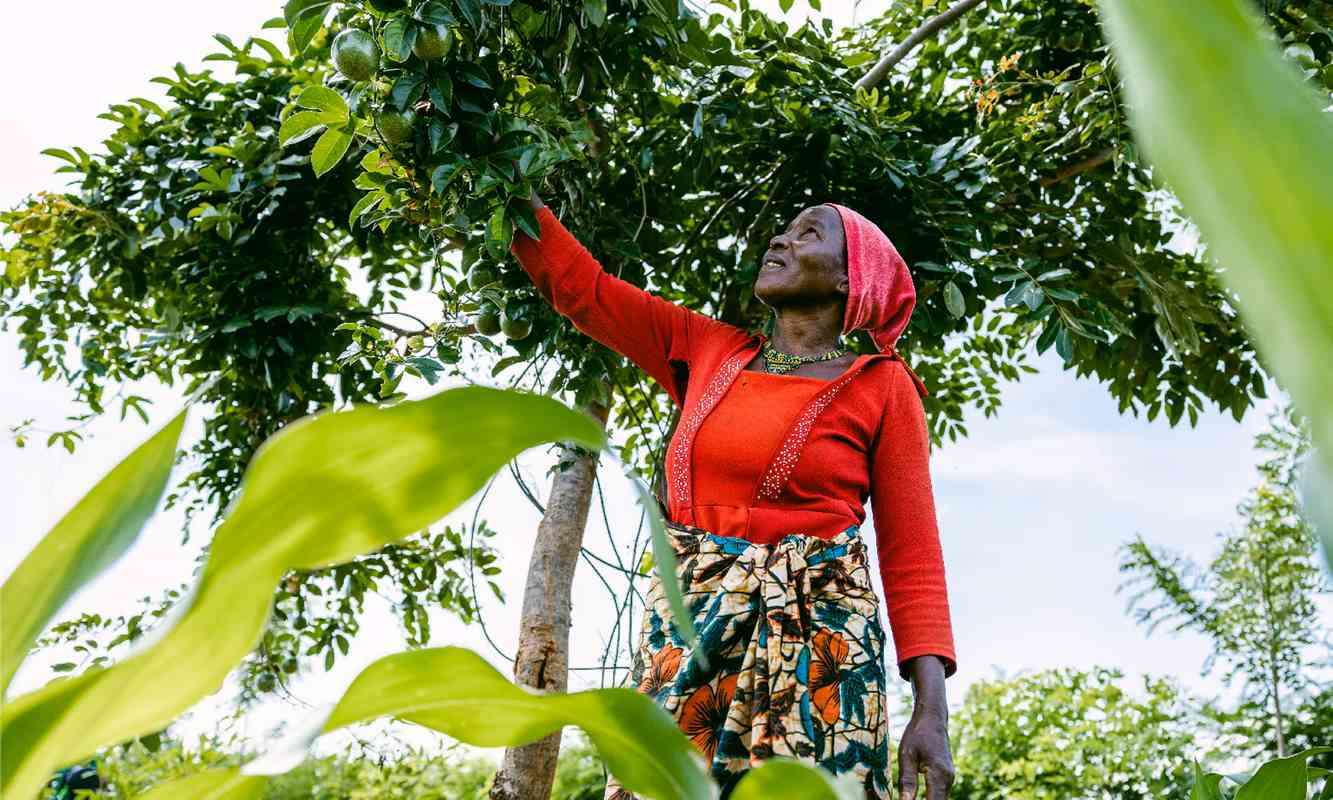Zero Airline Crashes in 2023: It Was One of Aviation's Safest Years Ever
No jet or turbofan-powered aircraft crashed anywhere on Earth last year, and only 4 aircraft of smaller sizes crashed anywhere on Earth.

An NGO has realized that the irreplaceable value and beauty of African wilderness might be protected if, rather than pouring billions into funding park infrastructure and rangers, the farmers of Africa are taught simple agro-forestry techniques.
Enter Trees for the Future, which on the surface seems to be just the latest in Africa's tree-planting schemes, but which actually promises to be a direct stimulant to rural farming economies rather than a carbon-capture scheme.
According to a report in the Guardian, 41,000 hectares, an area 7 times larger than the island of Manhattan, have been turned into forest farms where native trees anchor a diverse mix of subsistence and cash crops that's more friendly to birds and insects than mono-crop agriculture.
Rather than the dozens of tree-planting initiatives around the world (and the many in Africa), the stated goal is to create 230,000 jobs, not plant a given number of trees; though Trees for the Future believes that this amount of employment in agro-forestry will amount to something like a billion trees.
"This is a massive restoration movement using regenerative agriculture," Vincent Mainga, the Kenya director of Trees for the Future told the Guardian. "This model is very easy to adopt. We work with the farmers for four years. After that, they can understand all the components and they can use what they learn from our technicians to produce thriving farmlands, usually with a surplus. It is self-sustaining."
The program has pilot projects in 9 countries, and one such site in Kesouma, on the Kenyan shore of Lake Victoria, is making real progress.
17,000 smallholder farmers have allegedly been equipped with tools, training, and seedlings to begin forest farming. Forest farming isn't anything new—it's been used for millennia and survived on small farms even amidst the push to mechanize and commoditize agriculture in Europe and America.
Basically, a forest farm is a multi-tiered growing operation designed around the idea that forests are the most fertile ecosystems. Nut and fruit trees shade the soil to lock in moisture and provide a crop, shade-tolerant veggies and bushes are grown in between the trees, and sun-loving veggies are grown in clearings or on the margins. With this format, the farmer can go in any number of directions from introducing livestock like goats or chickens to cultivating mushrooms.
At Kesouma, the area is subdivided into units consisting of 20 landholders. One community leader is given a stipend of 3,000 Kenyan schillings to buy materials to get started, all members routinely report to workshops where they are trained and learn new techniques. Each individual has on average about 1 hectare, containing around 5,800 trees.
A traditional outer perimeter is formed with Acacia polyacantha (white thorn bush), inside of which sits the growing operation.
Some growers are getting their soil carbon-certified and earning income via carbon credits sold to big businesses to offset emissions.
In 2020, TREES introduced an additional training element to the training program to ensure farmers are able to grow their wealth along with their trees: Village Savings and Loan Association (VSLA) training.
VSLAs are generally made up of 15-30 people, Trees for the Future explains in a recent blog post about their work in Tanzania. They work together to save money, lend each other their savings at low-interest rates, and share the profits. 2,100 forest farmers in Tanzania are working to grow their operations under VSLA loans.
"VSLA training has improved my record keeping skills, I can now save, plan, and budget my money," says participant Rukia Mwanja. "I have used my savings to increase my livestock, I was also able to pay my children's school fees and I managed to start a tailoring business."
Anyone looking to support home-grown economic progress in Africa can donate here.
SHARE This Inspiring Initiative To Develop Agro-Forestry On Social Media…
Be the first to comment